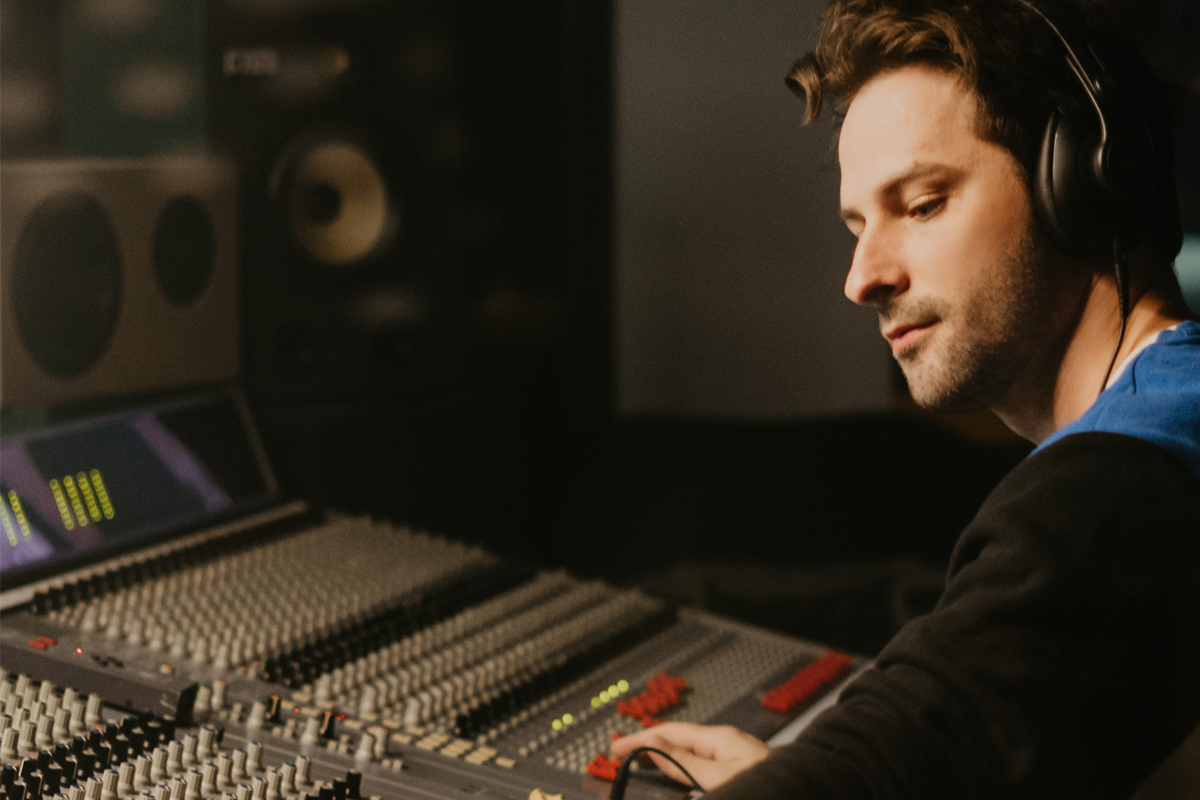
If you’re a beginner to home studio production and mixing, it can often seem like navigating the murky waters of EQ is an impossible task. But rest assured… in this post, we’ll show exactly how to conquer the EQ curve! We’ll break down our 7-point list into simple steps that will give even newbies confidence and help instill a structured approach to eq-ing your audio tracks. With so many resources out there, this guide will help you focus on the important tools and techniques needed for mastering EQ with ease. Get ready to become a pro at shaping your sounds!
1. Understand the Goal:
Plan your session! Before you start adjusting the EQ settings of your audio, make sure you understand what you are trying to achieve. Do you want to increase clarity? Add impact? Enhance a certain frequency range? Knowing this beforehand will help focus your work and ensure that it’s successful.
2. Smart Use of EQs:
If you want to make a big change, start by using low-quality (aka low-Q) EQs. Low Q gives a broader range of frequencies, so it’s easier to make subtle changes without making drastic adjustments.
3. Analyze the Source Material:
Before adjusting any settings, analyze your source material. Listen to it carefully and identify any frequencies that need to be altered or shifted in order to achieve the sound you’re after.
4. Take Notes:
As you adjust each EQ setting, take notes about what worked and what didn’t. This will help you remember which settings produced the best results—and avoid spending time re-adjusting the same settings.
5. Make Small Adjustments:
Don’t be tempted to make big adjustments straight away. If you find yourself making too many large changes, it may be time to start again with a fresh EQ setting. A less is more approach triumphs here and generally speaking, the best application of EQ is more often than not a subtle balancing act.
6. Use Multiple EQs:
Using multiple EQs can help you create a more complete sound. Use one to make broad adjustments, and the other for finer details. Rolling off high frequencies from low frequency instruments and vice versa will help bring balance and clarity to your tracks. Rolling off the frequencies using a smooth curve is usually best.
7. Listen in Context:
Finally, once you’ve finished adjusting the EQ settings of your audio, listen to it in context. This will help you identify any areas that still need work or improvements. Additionally, it’s essential to check your EQ settings sound good when played back on different systems.
Macdrum Team
